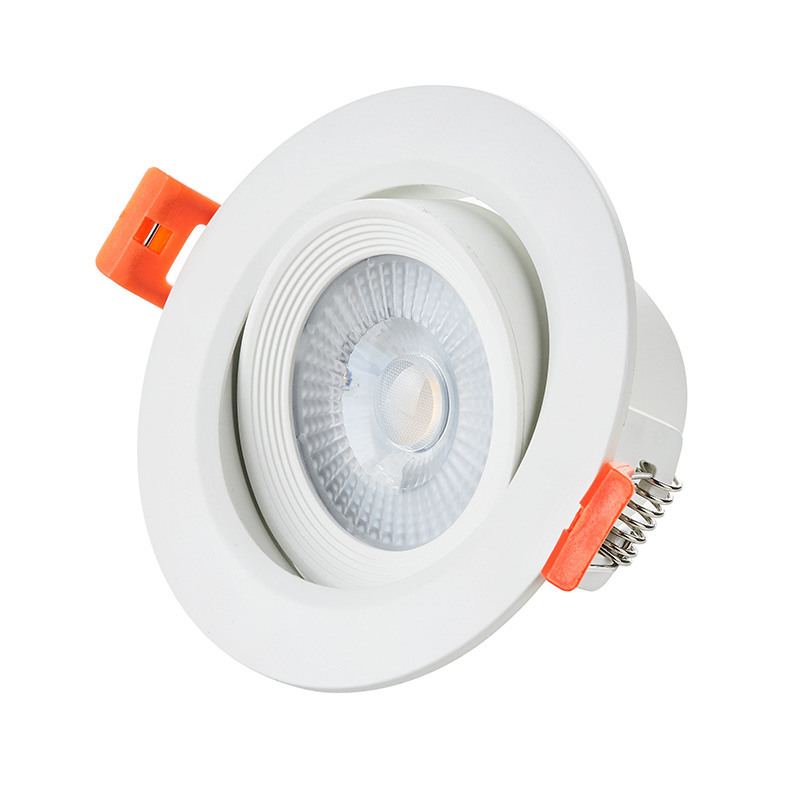 English
English-
 English
English -
 Español
Español -
 Português
Português -
 русский
русский -
 Français
Français -
 日本語
日本語 -
 Deutsch
Deutsch -
 tiếng Việt
tiếng Việt -
 Italiano
Italiano -
 Nederlands
Nederlands -
 ภาษาไทย
ภาษาไทย -
 Polski
Polski -
 한국어
한국어 -
 Svenska
Svenska -
 magyar
magyar -
 Malay
Malay -
 বাংলা ভাষার
বাংলা ভাষার -
 Dansk
Dansk -
 Suomi
Suomi -
 हिन्दी
हिन्दी -
 Pilipino
Pilipino -
 Türkçe
Türkçe -
 Gaeilge
Gaeilge -
 العربية
العربية -
 Indonesia
Indonesia -
 Norsk
Norsk -
 تمل
تمل -
 český
český -
 ελληνικά
ελληνικά -
 український
український -
 Javanese
Javanese -
 فارسی
فارسی -
 தமிழ்
தமிழ் -
 తెలుగు
తెలుగు -
 नेपाली
नेपाली -
 Burmese
Burmese -
 български
български -
 ລາວ
ລາວ -
 Latine
Latine -
 Қазақша
Қазақша -
 Euskal
Euskal -
 Azərbaycan
Azərbaycan -
 Slovenský jazyk
Slovenský jazyk -
 Македонски
Македонски -
 Lietuvos
Lietuvos -
 Eesti Keel
Eesti Keel -
 Română
Română -
 Slovenski
Slovenski -
 मराठी
मराठी -
 Srpski језик
Srpski језик
How to Check the Luminous Performance of LED Lamps
2022-02-15
How to check the luminous performance of LED lamps
Before leaving the factory, LED lamps will conduct various inspections on the whole lamp. First of all, the finished LED lamps must be aged, high and low voltage test, light test, waterproof test and other tests before they pass the test before they can be delivered to customers, especially for outdoor use. Lighting or lighting fixtures in special places must be strictly controlled.
1. Detection of spectral characteristics
The detection of spectral characteristics of LEDs includes spectral power distribution, color coordinates, color temperature, and color rendering index. The spectral power distribution indicates that the light of the light source is composed of color radiation of many different wavelengths, and the radiation power of each wavelength is also different. The light source was measured by comparison with a spectrophotometer (monochromator) and a standard lamp.
Color coordinates are quantities that numerically represent the color of light emitted by a light source on a coordinate graph. There are various coordinate systems for coordinate graphs representing colors, usually X and Y coordinate systems are used.
Color temperature is a quantity that expresses the color table of a light source seen by the human eye. When the light emitted by the light source is the same color as the light emitted by an absolute black body at a certain temperature, that temperature is the color temperature. In the field of lighting, color temperature is an important parameter to describe the optical properties of light sources. The relevant theory of color temperature is derived from black body radiation, which can be obtained from the color coordinates of the black body locus including the color coordinates of the light source.
The color rendering index indicates the amount of light emitted by the light source that correctly reflects the color of the illuminated object. It is usually expressed by the general color rendering index Ra, which is the arithmetic mean of the color rendering index of the light source to 8 color samples. The color rendering index is an important parameter of the quality of the light source, which determines the application range of the light source. Improving the color rendering index of white LEDs is one of the important tasks of LED research and development.
2. Luminous flux and luminous efficacy detection
Luminous flux is the sum of the amount of light emitted by the light source, that is, the amount of light emitted. The detection methods mainly include the following two:
(1) Integral method. Light the standard lamp and the lamp under test in turn in the integrating sphere, and record their readings in the photoelectric converter as Es and ED, respectively. The standard light flux is known Φs, then the luminous flux of the tested lamp is ΦD=ED×Φs/Es. The integration method utilizes the principle of "point light source" and is easy to operate, but is affected by the color temperature deviation between the standard lamp and the lamp under test, and the measurement error is large.
(2) Spectroscopy. The luminous flux is calculated from the spectral energy P(λ) distribution. Using a monochromator, measure the spectrum of the standard lamp from 380nm to 780nm in the integrating sphere, then measure the spectrum of the lamp under test under the same conditions, and compare and calculate the luminous flux of the lamp under test. The luminous efficiency is the ratio of the luminous flux emitted by the light source to the power consumed, and the luminous efficiency of the LED is usually measured by a constant current method.
3. Luminescence intensity detection
Light intensity is the intensity of light, which refers to the amount of light emitted at a certain angle. Because the light of the LED is concentrated, the inverse square law does not apply in the case of close distances. The CIE127 standard provides two measurement averaging methods for the measurement of light intensity: measurement condition A (far field condition) and measurement condition B (near field condition). For the condition of light intensity, the detector area for both conditions is 1cm2. Typically, standard condition B is used to measure luminous intensity.
4. Light intensity distribution test
The relationship between light intensity and spatial angle (direction) is called false light intensity distribution, and the closed curve formed by this distribution is called light intensity distribution curve. Since there are many measuring points, and each point is processed by data, an automatic goniophotometer is usually used for measurement.

Before leaving the factory, LED lamps will conduct various inspections on the whole lamp. First of all, the finished LED lamps must be aged, high and low voltage test, light test, waterproof test and other tests before they pass the test before they can be delivered to customers, especially for outdoor use. Lighting or lighting fixtures in special places must be strictly controlled.
1. Detection of spectral characteristics
The detection of spectral characteristics of LEDs includes spectral power distribution, color coordinates, color temperature, and color rendering index. The spectral power distribution indicates that the light of the light source is composed of color radiation of many different wavelengths, and the radiation power of each wavelength is also different. The light source was measured by comparison with a spectrophotometer (monochromator) and a standard lamp.
Color coordinates are quantities that numerically represent the color of light emitted by a light source on a coordinate graph. There are various coordinate systems for coordinate graphs representing colors, usually X and Y coordinate systems are used.
Color temperature is a quantity that expresses the color table of a light source seen by the human eye. When the light emitted by the light source is the same color as the light emitted by an absolute black body at a certain temperature, that temperature is the color temperature. In the field of lighting, color temperature is an important parameter to describe the optical properties of light sources. The relevant theory of color temperature is derived from black body radiation, which can be obtained from the color coordinates of the black body locus including the color coordinates of the light source.
The color rendering index indicates the amount of light emitted by the light source that correctly reflects the color of the illuminated object. It is usually expressed by the general color rendering index Ra, which is the arithmetic mean of the color rendering index of the light source to 8 color samples. The color rendering index is an important parameter of the quality of the light source, which determines the application range of the light source. Improving the color rendering index of white LEDs is one of the important tasks of LED research and development.
2. Luminous flux and luminous efficacy detection
Luminous flux is the sum of the amount of light emitted by the light source, that is, the amount of light emitted. The detection methods mainly include the following two:
(1) Integral method. Light the standard lamp and the lamp under test in turn in the integrating sphere, and record their readings in the photoelectric converter as Es and ED, respectively. The standard light flux is known Φs, then the luminous flux of the tested lamp is ΦD=ED×Φs/Es. The integration method utilizes the principle of "point light source" and is easy to operate, but is affected by the color temperature deviation between the standard lamp and the lamp under test, and the measurement error is large.
(2) Spectroscopy. The luminous flux is calculated from the spectral energy P(λ) distribution. Using a monochromator, measure the spectrum of the standard lamp from 380nm to 780nm in the integrating sphere, then measure the spectrum of the lamp under test under the same conditions, and compare and calculate the luminous flux of the lamp under test. The luminous efficiency is the ratio of the luminous flux emitted by the light source to the power consumed, and the luminous efficiency of the LED is usually measured by a constant current method.
3. Luminescence intensity detection
Light intensity is the intensity of light, which refers to the amount of light emitted at a certain angle. Because the light of the LED is concentrated, the inverse square law does not apply in the case of close distances. The CIE127 standard provides two measurement averaging methods for the measurement of light intensity: measurement condition A (far field condition) and measurement condition B (near field condition). For the condition of light intensity, the detector area for both conditions is 1cm2. Typically, standard condition B is used to measure luminous intensity.
4. Light intensity distribution test
The relationship between light intensity and spatial angle (direction) is called false light intensity distribution, and the closed curve formed by this distribution is called light intensity distribution curve. Since there are many measuring points, and each point is processed by data, an automatic goniophotometer is usually used for measurement.





